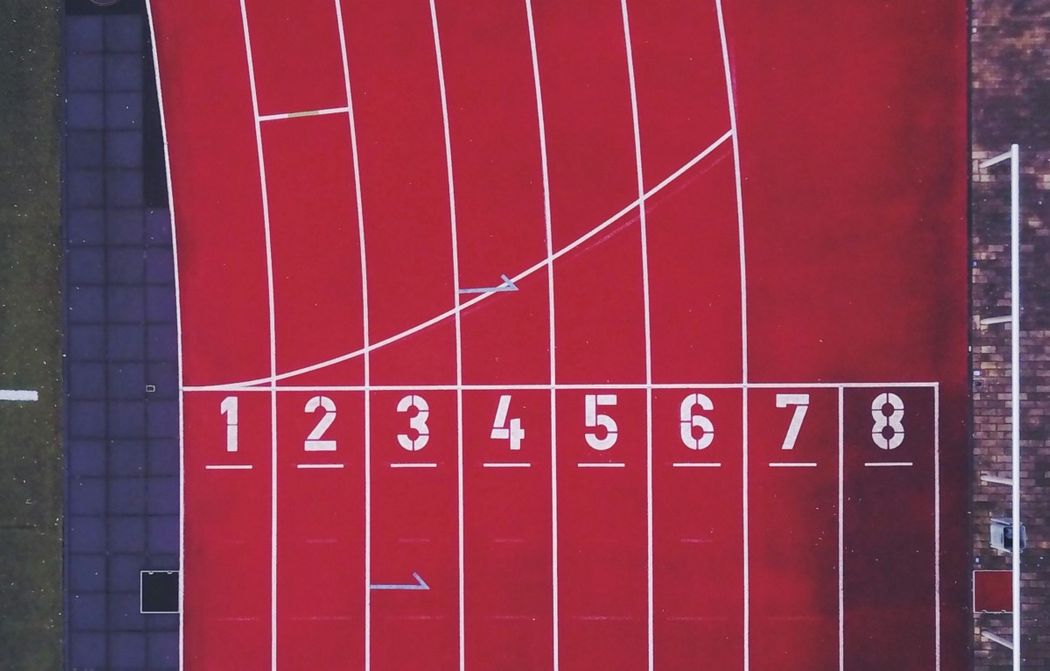Having a shared database for all your tools is mandatory to ensure a good flow between them. But sometimes you need a simpler access to particular data. Reaching information about a node or a file directly is more efficient than querying a database. But the question is how to store and query your metadata locally?
There are two simple ways to achieve that. The first one is to add a text file in the same folder as your file. Inside it, data can be structured following standard syntax like TOML, YAML or JSON. The second way is to rely on node properties. Most modeling tools propose to add key/value pairs to a node. These simple pairs allow you to add many interesting information to all the part of your scene. For instance, you can set :
- Links with assets or shots from the database
- Which part of the scene it is (body, face, environment, etc)
- Add informative tags like: hires, lowres, proxy, tocache, etc.
A good use case for tags is to identify what should be exported from the scene during the publishing of a fabrication step.
That’s still a good idea to store this meta data in a shared database. Provide a quick access to information doesn’t mean you shouldn’t share it with the other tools.
NB: Our Zou API allows to store non structured data on all assets and file entries. We simply added a JSON field to our main types. That way you can add specific information to your shared production data without thinking about the schema of your entities.
The more information you share, the more efficient the team will be. Every bit of additional information you can give is useful. Especially when you have to deal with complex scenes involving thousands of assets. That’s why local metadata can improve the productivity of your production.
This blog is dedicated to CG pipeline and production management. If you are interested in asset nodes metadata, you will probably enjoy our articles. Read our first blog post to understand who we are and what we do.



